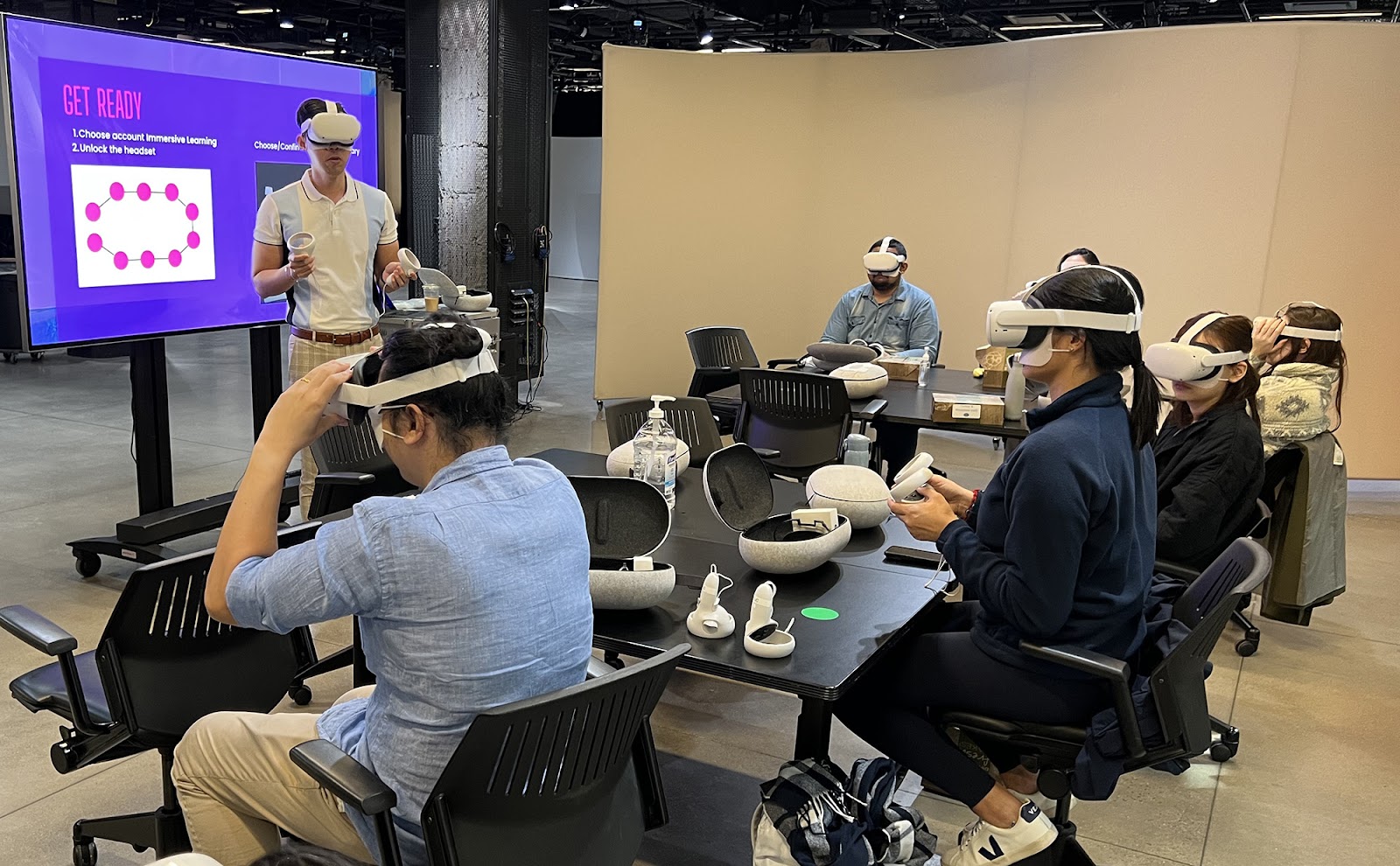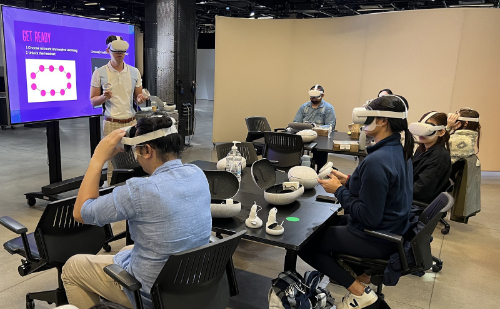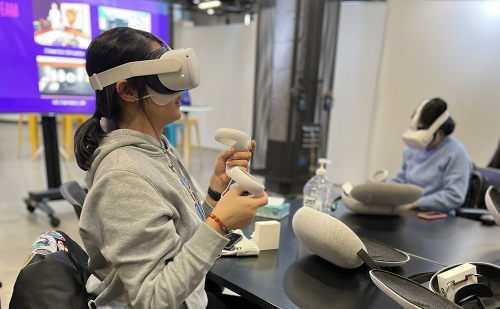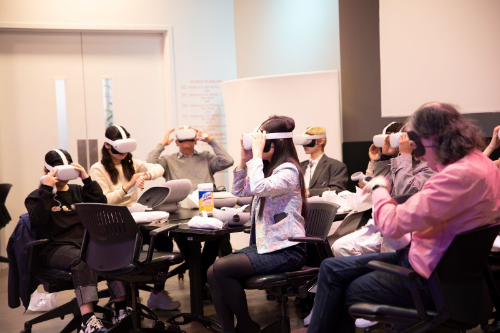Exploring Virtual Reality: A Teacher's Guide for Workshop Facilitation

Virtual Reality (VR) technology has become increasingly popular in recent years and has the potential to transform the way students learn in the classroom. The benefits of VR technology for learning are manifold. VR provides students with an immersive and experiential approach that can enhance their understanding of complex concepts. Through the use of VR simulations, students can visualize scientific processes, historical events, or geographical features in a way that is not feasible with traditional pedagogical methods. Moreover, VR technology can assist students in developing critical thinking, problem-solving, and collaborative skills, by affording them the opportunity to explore and experiment in a secure and controlled environment.
We understand that getting started with VR and bringing the technology into the classroom are not easy endeavors. That’s why we created this guide to share with you the process, tips, and resources to help you design and facilitate a workshop to introduce VR technology to your students.
6 basic steps to design and facilitate your first VR workshop
Similar to planning your lessons, it is important to clearly define the goals and objectives before you begin planning the workshop. Though becoming increasingly popular, VR is still a rather new technology. Your students may never know or have any experience with VR before, so it is crucial to keep your goals small, simple, and realistic. In this case, we would suggest that the goal of the workshop is simply to provide students with an opportunity to experience VR technology and its applications for learning.
There are a variety of VR applications available for educational purposes, so it is important to select those that align with your instructional goals. You can find a list of recommended VR applications at this link or consult with other colleagues who have used VR in their classrooms before. Highly interactive VR applications that require users to perform various tasks while interacting with objects in the virtual environment may confuse and overwhelm students very quickly. We recommend starting with the simplest form of VR applications which is 360/immersive video as this type of content is rather simple and intuitive to control and does not require a high degree of interactivity.
To ensure a smooth workshop experience, you will need to have the appropriate VR equipment, including headsets, controllers, a stable WIFI connection, and any necessary applications already installed. Make sure to test the equipment in advance to ensure that everything is working properly.
Expert tip: If budget allows, you may want to consider purchasing VR device management software such as ManageXR or ArborXR. These software help manage/update devices, control and enhance student experiences, and install new applications much easier and faster.
Once you have selected the VR applications and prepared the equipment, you can begin planning the agenda and activities for the workshop. It is important to design activities that are engaging, experiential, reflective, and aligned with your learning objectives. Keep in mind that the focus of the session should not be the VR technology itself. You can also consider incorporating group work and discussions to encourage collaboration and reflection after experiencing VR.
Before students begin using the VR equipment, it is important to provide a quick introduction about VR technology, clear instructions and guidelines for safe and responsible use, and a walk through of how to use different pieces of VR equipment like headset and controllers. This may include guidelines for remaining seated, taking breaks, and avoiding motion sickness.
During the workshop, it is important to actively facilitate the activities and provide technical support to students as needed. Encourage students to share their experiences and reflections, and provide opportunities for feedback and discussion.
Expert tip: For optimal experience, we highly recommend keeping the group size small, ideally no more than 10 participants. Additionally, we suggest having a technical support person present to ensure a smooth and seamless experience for all students.
Sample Session Plan and Materials
In this section, you can find our plan and materials for a 3-session workshop that we conducted in DFI to introduce our students and faculty to VR. Since most of our participants were new to VR, we designed the series in a way that helped them gradually acclimate to this novel medium by starting from less interactive applications such as 360 videos to more interactive ones like simulations.
Please note that these applications and their respective companies have not been vetted or endorsed by Teachers College. Teachers College does not assume any responsibility for the accessibility, privacy, or security of these applications. The usage of these applications is at the sole discretion of the user, and Teachers College disclaims any legal liability associated with their usage. It is the responsibility of the users to conduct their own research and adhere to applicable laws, regulations, and best practices when incorporating these applications into their educational activities.


